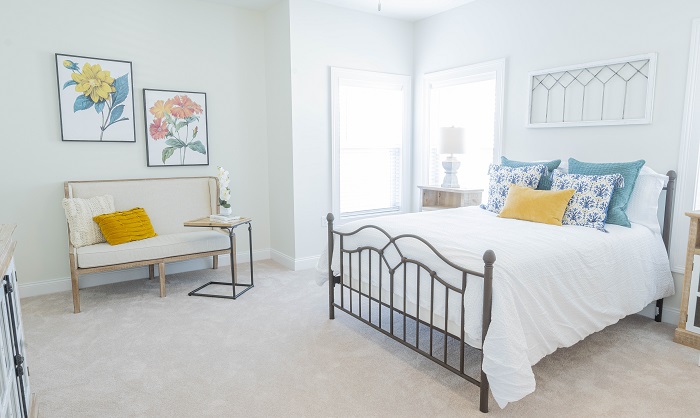Sleep is essential to human life, and getting an appropriate amount of sleep allows us to concentrate and remain engaged in various settings. But as we age, many of us experience difficulty falling—and staying—asleep.
Older adults generally require between seven and nine hours of sleep each night, but many get less sleep than that. What's more, many people experiencing low-quality sleep. That is to say, they get little deep sleep and often wake up throughout the night.
Many factors contribute to sleeplessness, including sleep-related disorders and physical pain or discomfort. Nevertheless, some simple changes can lead to better sleep. So here are some helpful tips for increasing your quality—and quantity—of regular sleep.
Environment
Creating a comfortable sleeping environment can go a long way toward ensuring a good night’s sleep. Factors such as light and noise exposure and room temperature can impact your ability to relax. Therefore, experts recommend finding ways to produce a sleep-conducive environment.
Most people turn out bedroom lights at bedtime. However, it's also important to limit exposure to bright and blue lights before turning in for the night. Many televisions, cell phones, and computers emit blue light that disrupts our natural sleep cycle by tricking our brains into believing it's still daytime. For that reason, sleep authorities recommend turning off TVs and other electronic devices an hour or more before going to bed.
Another lighting factor to consider is our exposure to light during the day. Natural light and bright manufactured light help energize us in the daytime, thereby helping us maintain a healthy sleep cycle.
Finally, room temperature is another environmental component affecting sleep quality. Research shows that cool rooms are conducive for sleep, with temperatures around 65°F being the most effective. Of course, personal preferences play a large part in determining the best nighttime room temperature for you.
Activity
Exercising helps improve our overall quality and quantity of sleep. Physical exertion requires energy expenditure and leads to higher tiredness levels at day's end. By helping to tire us out, regular exercise can increase the amount of sleep we get and the amount of time we spend in a deep sleep cycle.
It's essential to avoid exercising too close to bedtime. Physical activity creates stimulation that can increase alertness and make falling asleep more challenging.
Routine
Having time to wind down at the end of each day helps increase overall sleep quality. A routine buffer zone between high energy and tiredness can prevent bedtime restlessness that makes falling asleep difficult. Try reading, meditating, or taking a bath before heading off to bed.
Going to bed and waking up at consistent times is another good routine to follow. A regular sleep schedule aligns our sleep patterns with our internal clocks—called circadian rhythms—that run in intervals of tiredness and energy. Keeping our sleep schedules aligned with our circadian rhythms means we experience higher energy levels during the day and less restlessness at night.
Getting plenty of sleep is important at any age. Be sure to tell your physician about any trouble you experience falling and staying asleep.
More Tips for a Healthy Lifestyle
Learn more about staying well - in mind, body, and spirit - in our free guide to the nine dimensions of wellness. You'll learn about whole-person wellness and get tips and suggestions for a healthier life.



